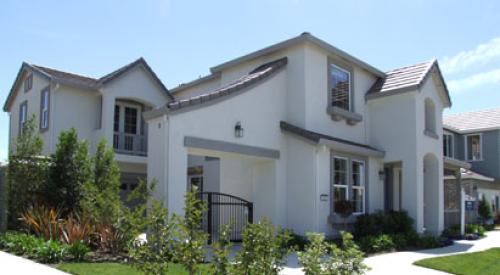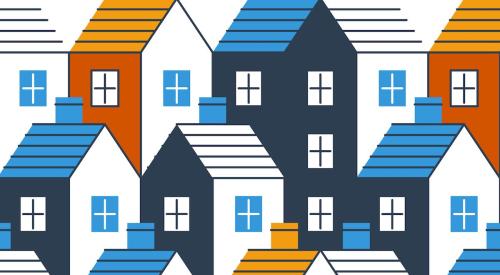Harvard’s Joint Center for Housing Studies 2023 State of the Nation’s Housing report reveals that while home prices and rents are decelerating, a record number of renters are severely cost-burdened. In addition, rising construction costs have exacerbated a shortage of low-cost housing at the root of a rampant affordability crisis, and that market failure depends on federal action rather than just increased construction.
At just 0.8 percent, the share of vacant units for sale is at its lowest level dating back to the 1950s, while the vacancy rate for rental units, at 6.5 percent, is lower than it’s been since the 1980s. That limited number of units available is leading to more intense competition, making housing less affordable for everyone, particularly lower-income households.
Even excluding financing and labor costs, inflation in the price of building products has increased the cost of residential construction by 35 percent in the past three years, nearly four times the rate of increase over the previous three years. Regulatory barriers and development fees also push up costs. To account for higher costs, new homes are targeted to those who can afford higher prices, and as a result the homes get bigger and more expensive. In the 1990s, one-third of new homes were smaller than 1,800 square feet; today it’s one in five.













